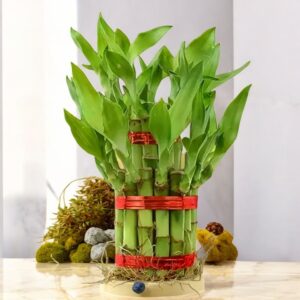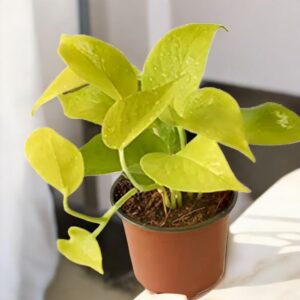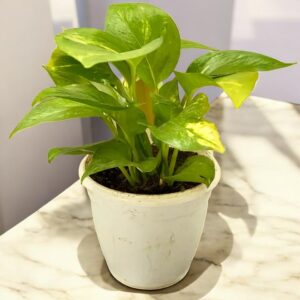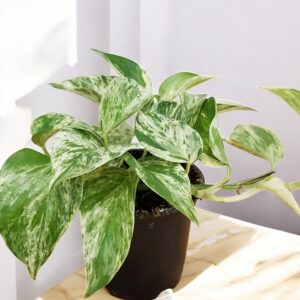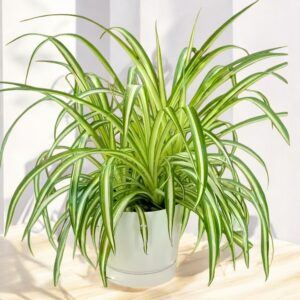PAN India free delivery, ORDERS above Rs. 299/-
0 Days
0 Hours
0 Mins
0 Secs
Shopping cart (0)
Subtotal: ₹0.00
Spend ₹299.00 to get free shipping
Congratulations! You've got free shipping.


